Some Dogs Just Don’t Do Roommates

They might be devoted to their humans, but when it comes to cats, rabbits, or other dogs, it’s a toss-up. Some breeds were simply never meant to be part of a furry ensemble cast. Whether it’s a strong prey drive, territorial streak, or just a no-nonsense personality, these dogs often struggle to play nice with others. That doesn’t make them bad—it just means they need the right environment, the right training, and in some cases, the right to rule the house solo.
Thinking of bringing one into a multi-pet home? Here’s what you need to know before expecting peace, harmony, and snuggle piles.
Akita

The Akita was bred in Japan to guard nobility and hunt dangerous game—and that sense of purpose still defines them today. Proud, powerful, and deeply loyal to their chosen humans, Akitas are natural protectors. But with other animals, that loyalty often turns into suspicion. They tend to be territorial and may see new pets as intruders, not siblings. Their tolerance for other dogs, especially of the same sex, can wear thin fast. Even small pets like cats or rabbits may trigger their instincts, no matter how well they’ve behaved together in the past.
They rarely give big warnings before acting, so small tensions can escalate quickly. While some Akitas coexist with longtime animal companions, it usually takes early socialization, vigilant management, and a low-drama environment. They thrive in households where routines are respected and space is theirs to claim. Above all, Akitas demand respect—and they don’t always offer it to other pets.
Chow Chow
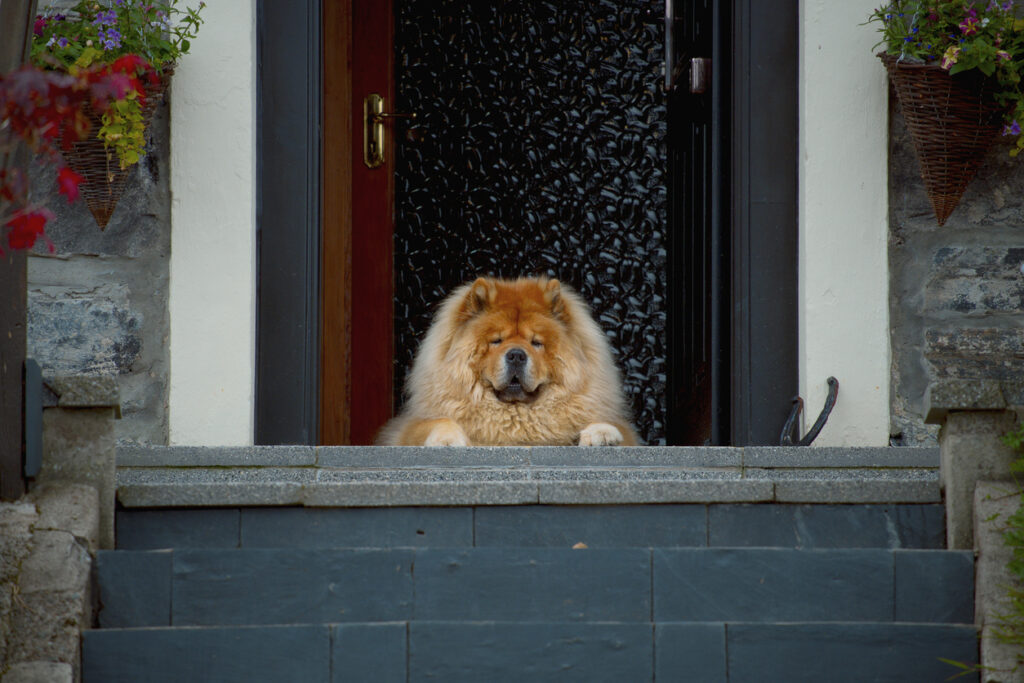
With their thick fur and aloof expression, Chow Chows often look more like dignified statues than playful pups, and that vibe carries over into their behavior with other animals. Bred in ancient China for guarding temples and estates, these dogs are naturally reserved and highly territorial. They don’t like surprises, they don’t like being crowded, and they definitely don’t like pushy pets in their space. Chows are known for being stubborn and strong-willed, which can lead to friction with more social or energetic animals. Their interactions with other dogs are often stiff, and small pets may be treated as little more than background noise, or competition.
Unlike breeds that crave canine company, Chows tend to be content with solitude. They don’t initiate play and rarely back down from a challenge, even if it’s subtle. Their cues are easy to miss, especially for bouncy puppies or overenthusiastic cats, which can turn minor tensions into full-blown confrontations. While they may live peacefully with other animals under the right circumstances, it’s never something to count on. They’re proud, private, and prefer their world to be calm and on their terms.
Jack Russell Terrier

Jack Russell Terriers may be small, but they come with enough energy and attitude to fill a room—and then some. Originally bred in England for fox hunting, they’re wired to chase, dig, and outwit anything that moves. That prey drive, combined with their lightning-fast reflexes, makes them a risky match for smaller pets like cats, hamsters, or rabbits. Even other dogs can get on their nerves, especially if they challenge their sense of order or hog attention. Jack Russells are intense, focused, and often too much dog for peaceful multi-pet living.
They’re also whip-smart and incredibly persistent. Once a Jack Russell locks on to something, whether it’s a toy, a scent, or another animal, it’s tough to distract them. Their version of play can feel more like harassment to more sensitive or senior pets, and their bark is loud enough to dominate any room. While a few can adapt to living with other animals, it takes near-constant supervision and consistent boundaries. In most cases, they do better as solo acts in homes that can keep up with their bold, tireless personalities.
Doberman Pinscher

Dobermans are striking, elegant, and fiercely devoted, but that intensity isn’t always easy to manage around other animals. Developed in Germany for protection and police work, they’re naturally alert and quick to assess threats. When unfamiliar pets enter their space, Dobermans may react with suspicion or dominance, especially if they sense instability or competition. Even with solid training, their protective instincts can override manners, and they’re known to challenge other dogs that test their boundaries. Small, quick-moving animals like cats or rabbits may also trigger chase behaviors, particularly in younger, high-drive Dobies.
That said, Dobermans are incredibly trainable and responsive to strong leadership. With firm guidance, early socialization, and a steady environment, they can learn to coexist—but there’s rarely room for error. They tend to do best with calm, confident animals that won’t provoke or overwhelm them. Still, their body language can shift in a blink, and it takes an observant owner to stay ahead of problems. This is a breed that thrives on structure, not chaos, and peaceful multi-pet harmony usually requires work, time, and a careful match.
Alaskan Malamute
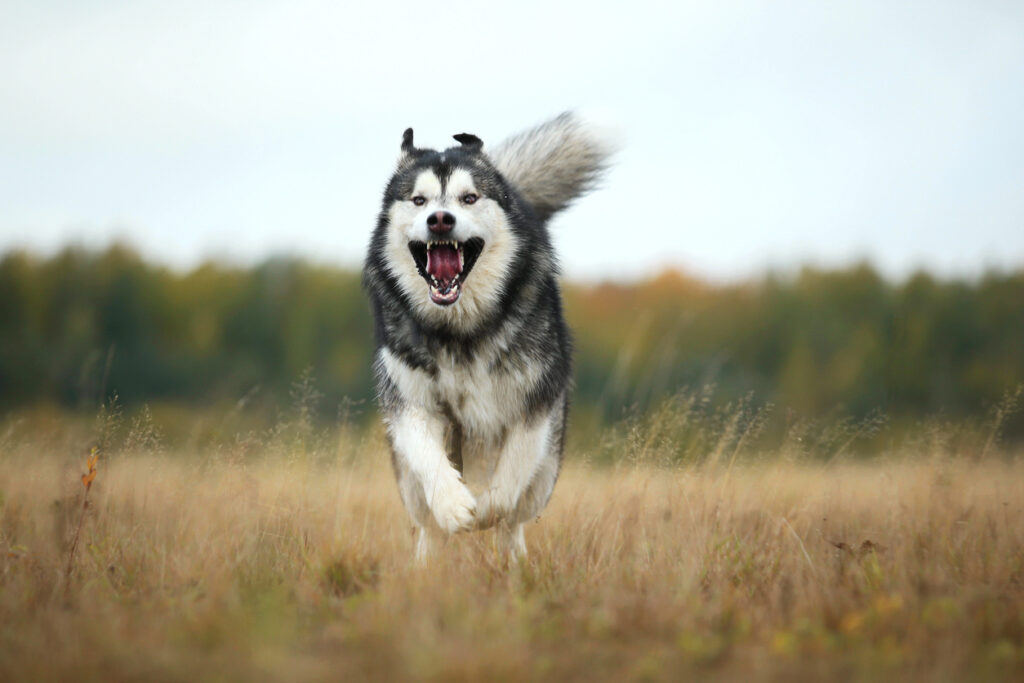
Alaskan Malamutes were bred to haul heavy loads through brutal Arctic terrain, but that toughness isn’t just physical. These dogs are strong-willed, independent, and driven by primal pack instincts. While they’re friendly and affectionate with humans, they often struggle with animal diplomacy. Same-sex dog aggression is common, and smaller pets like cats or chickens may trigger their hunting instincts. Their sheer size and strength make scuffles more serious, and once tensions rise, they don’t back down easily. These aren’t dogs that respond well to chaos or mixed signals, they need structure and clear hierarchy.
Malamutes also tend to test limits, especially during adolescence, and they can be hard-headed once they’ve made up their minds. Even well-socialized ones require ongoing management to avoid dominance struggles with other dogs. Owners often report needing separate spaces or feeding routines to keep the peace. While not inherently mean-spirited, their instincts are simply too strong to be ignored. For many Malamutes, companionship with people is more than enough, and other animals can feel like a complication they’d rather live without.
Shiba Inu

Shiba Inus are clever, confident, and notorious for doing things their own way. Originally bred in Japan to hunt small game, they’re fast, agile, and not particularly interested in teamwork, especially when it involves other pets. They like their space, guard their belongings, and have little patience for animals that don’t respect their boundaries. With dogs, they can be snarky or combative, especially if the other dog is pushy or overly playful. When it comes to cats or smaller animals, their quick reflexes and sharp eyes can turn curiosity into a chase before you know it.
Their interactions are less about play and more about control. Shibas observe before they engage, and if they decide another pet doesn’t fit into their world, they don’t fake it. While some can live peacefully with animals they’ve known since puppyhood, many prefer to keep their distance, or rule the roost entirely. They’re captivating, quirky, and full of personality, but blending them into a household of other pets takes more luck than training.
Weimaraner
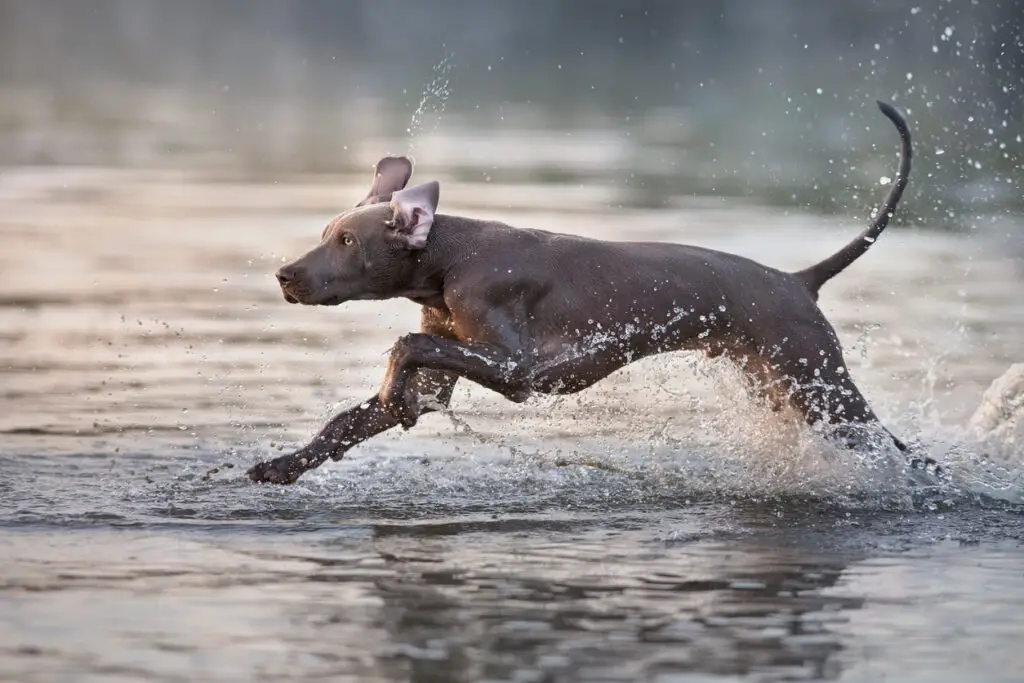
Originally bred in Germany for hunting large game, the Weimaraner is sleek, strong, and endlessly energetic. These dogs are incredibly people-focused, often forming intense bonds with their humans, but that devotion doesn’t always extend to other animals. With a high prey drive and quick reactions, Weimaraners are known to chase, corner, or even injure smaller pets like cats, rabbits, or birds. Even with other dogs, they can be bossy or overly exuberant, overwhelming more sensitive companions. Their instinct is to pursue and control movement, which makes calm cohabitation tricky at best.
What complicates things is how quickly their behavior can escalate from playful to predatory. A running cat or squeaky pet toy can flip a mental switch that’s hard to turn off. While early socialization can help take the edge off, it rarely erases those deeply rooted hunting instincts. Weimaraners need structure, exercise, and firm leadership to thrive, and even then, not every pet household is a fit. For families with smaller animals or a low-drama routine, it’s worth thinking twice.
Siberian Husky

Siberian Huskies are striking, sociable, and full of energy, but beneath that friendly exterior lies a deeply ingrained prey drive that doesn’t always mesh with smaller pets. Originally bred by the Chukchi people to pull sleds across icy terrain, Huskies were developed for endurance and independence, not obedience or restraint. While they tend to enjoy the company of other dogs, smaller animals like cats, rabbits, and even chickens are often seen as prey. That high prey drive kicks in fast, and no amount of training will completely erase the instinct to chase. One wrong move from a cat, and the sprint is on.
Huskies also love to test boundaries, and their independence makes them less likely to respond to commands when something more exciting is happening, like another animal running by. They’re often friendly with other dogs but can become overwhelming in groups or competitive over toys and territory. While some Huskies can live peacefully with other pets, it’s always a gamble that requires vigilant supervision and thoughtful introductions. Their world is fast, loud, and full of energy, and not every pet wants to keep up.
Shar Pei
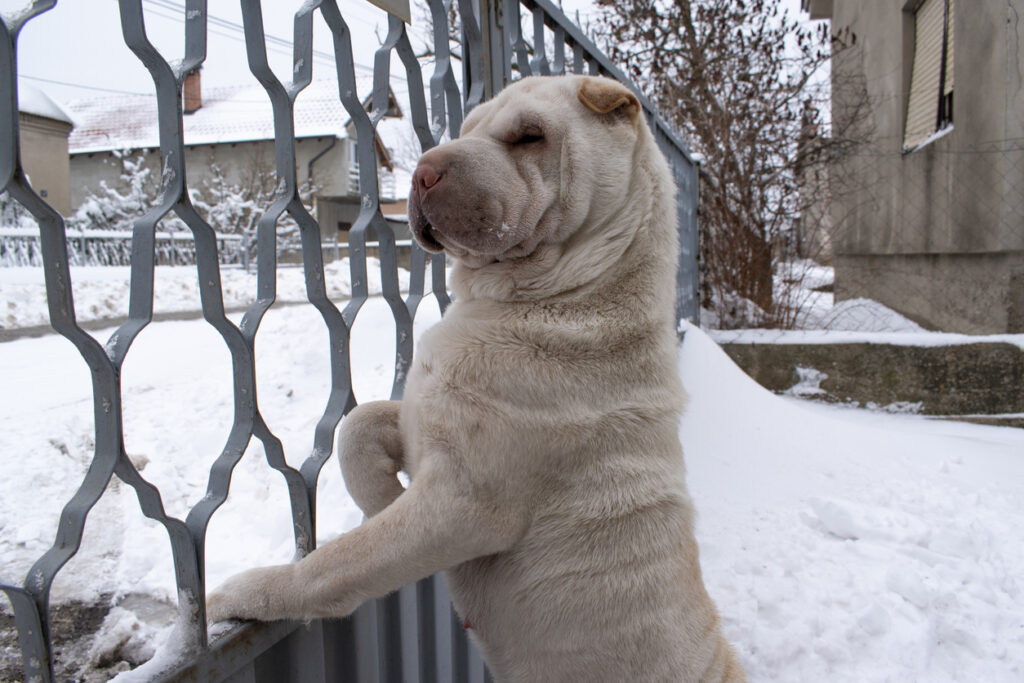
The Shar Pei may look like a living teddy bear with its deep wrinkles and soulful eyes, but don’t let the plush exterior fool you, this breed is all business when it comes to protecting its space. Originally developed in China as a guard and fighting dog, the Shar Pei is naturally reserved, territorial, and suspicious of anything unfamiliar. That includes other dogs, especially those that are energetic or invasive. They don’t appreciate being challenged, and they tend to correct behavior quickly and firmly, often before the other animal even realizes they’ve crossed a line.
While they can bond with pets they’ve been raised alongside, Shar Peis are not generally interested in making new animal friends. They like their routines, their quiet, and their personal bubble intact. Sudden noises, fast movements, or high-energy pets can trigger defensive behavior, and their calm appearance can flip quickly if provoked. Owners often report needing to monitor interactions closely or separate animals during stressful moments. For the Shar Pei, coexistence is possible, but closeness is not always welcome.
Greyhound (Retired Racers)
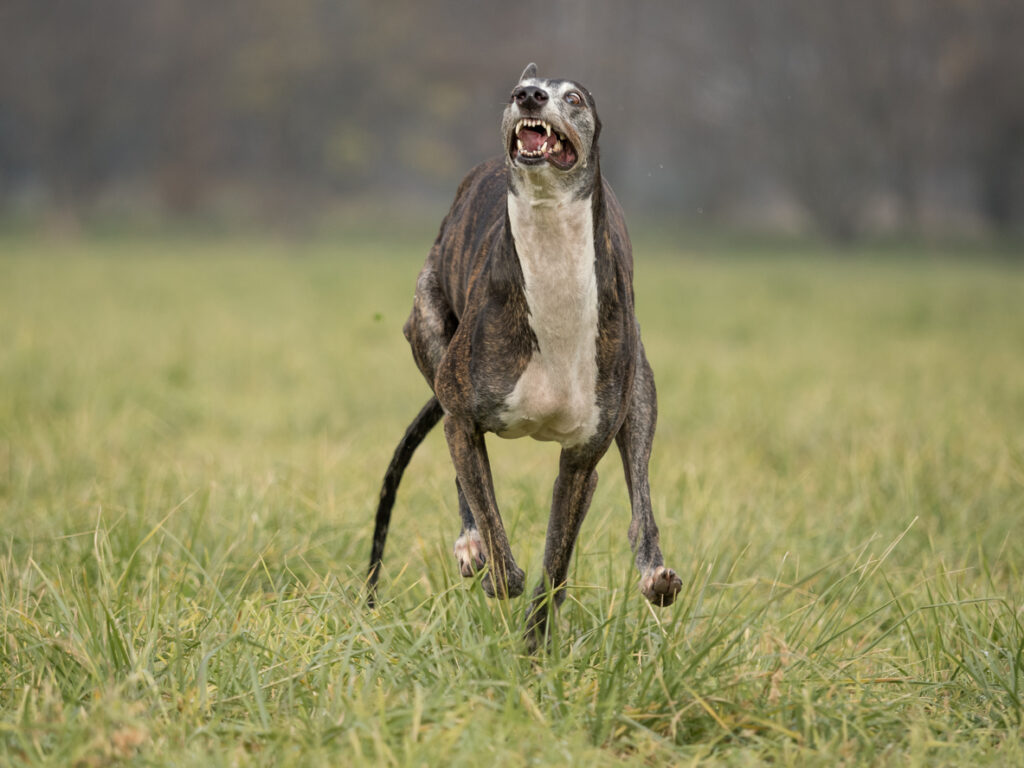
Retired racing Greyhounds are famously gentle and low-key, but their history on the track brings challenges when it comes to coexisting with smaller animals. These dogs were trained to chase fast-moving lures, and that instinct doesn’t just disappear after retirement. Cats, rabbits, squirrels, even small dogs, can trigger their prey drive, sometimes without warning. While many rescues perform cat testing before adoption, even a Greyhound who passes may struggle in real-world situations where a sudden dart or squeak sets their instincts ablaze.
That said, Greyhounds are not typically aggressive, they’re just hardwired for pursuit. In calm environments, especially with older or more relaxed pets, they may settle in nicely. But supervision is critical, and introductions need to be deliberate and controlled. Muzzles are often recommended during initial meetings, not because they’re dangerous by nature, but because their reaction speed is so fast. With the right match and a patient approach, harmony is possible, but their background as racers should never be overlooked.
Basenji
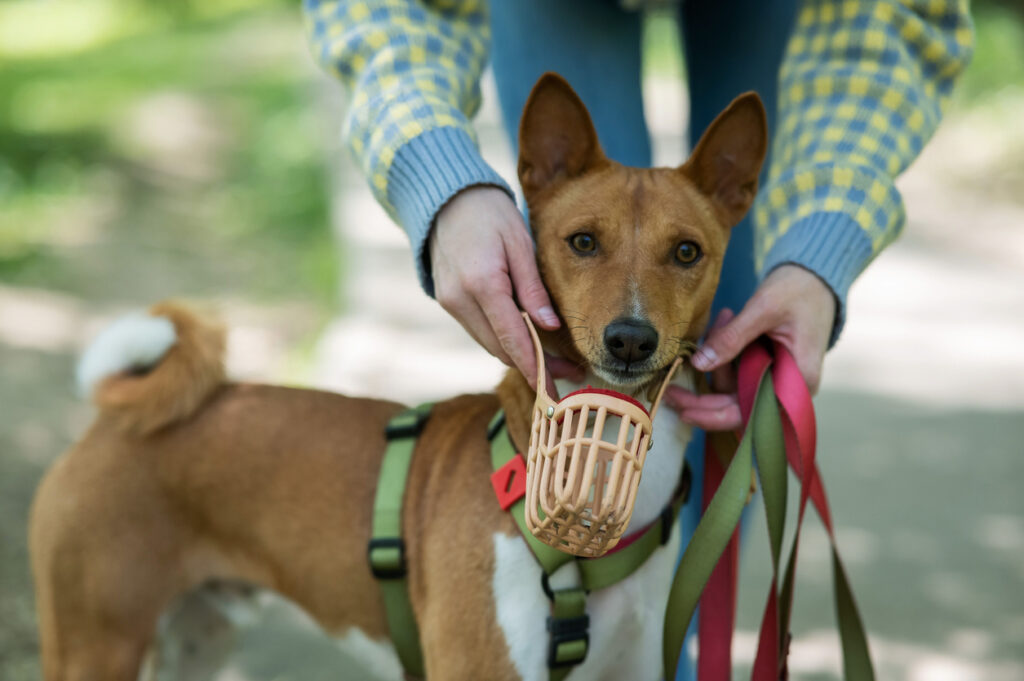
Basenjis are often called barkless dogs, but don’t mistake their silence for serenity. These ancient hunting dogs from Central Africa are clever, agile, and notoriously headstrong. Bred to hunt independently and think for themselves, they approach other animals with a mix of curiosity and control. Their strong prey drive makes them unpredictable around cats, birds, or rodents, and they’ve been known to chase without hesitation. Even with other dogs, Basenjis may act aloof or territorial, especially if the other animal doesn’t respect their personal space or energy level.
What makes them tricky housemates is their unpredictability. One moment they’re calm, the next they’re on the move, and they don’t always respond to recall or correction. Their intelligence and independence mean they often do what they want, when they want, especially if another pet is part of the equation. While early socialization can help ease tensions, many Basenjis prefer to observe, not engage. They’re fascinating companions but often prefer to live like solo adventurers, free from animal drama.
Fox Terrier
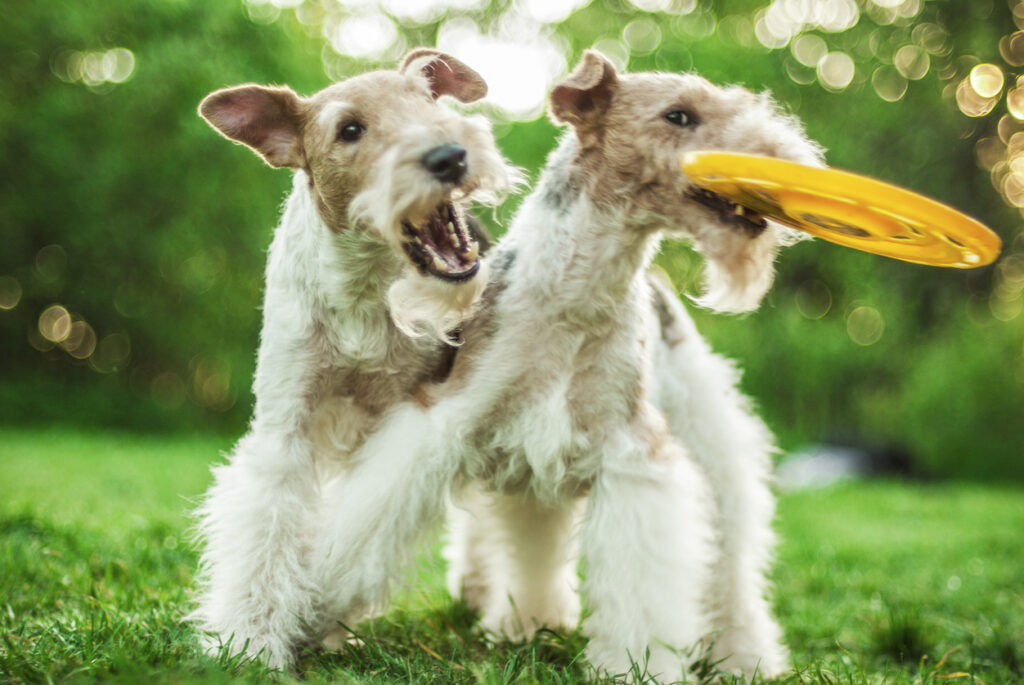
Fox Terriers are energetic, fearless, and bred for the hunt, literally. These wiry little powerhouses were developed in England to flush foxes from their dens, and that instinct still runs hot. Their sharp eyes and lightning reflexes make them excellent vermin hunters, but not exactly ideal companions for smaller household pets. Birds, hamsters, rabbits, and even cats can trigger their prey drive, sometimes with explosive results. They’re also notoriously assertive with other dogs, often ignoring signals to back off and escalating conflicts without hesitation.
What makes Fox Terriers particularly tricky is their relentless nature. They don’t just chase, they pursue, dig, bark, and persist until they’ve won whatever game they think they’re playing. That intensity can overwhelm more laid-back pets or cause tension in households with multiple animals. While training and early exposure can help, their instincts are deeply ingrained and difficult to override. For many Fox Terriers, the ideal home is one where they don’t have to compete for space, toys, or attention, and where the only thing to chase is a ball in the yard.
Some Dogs Just Don’t Do Roommates
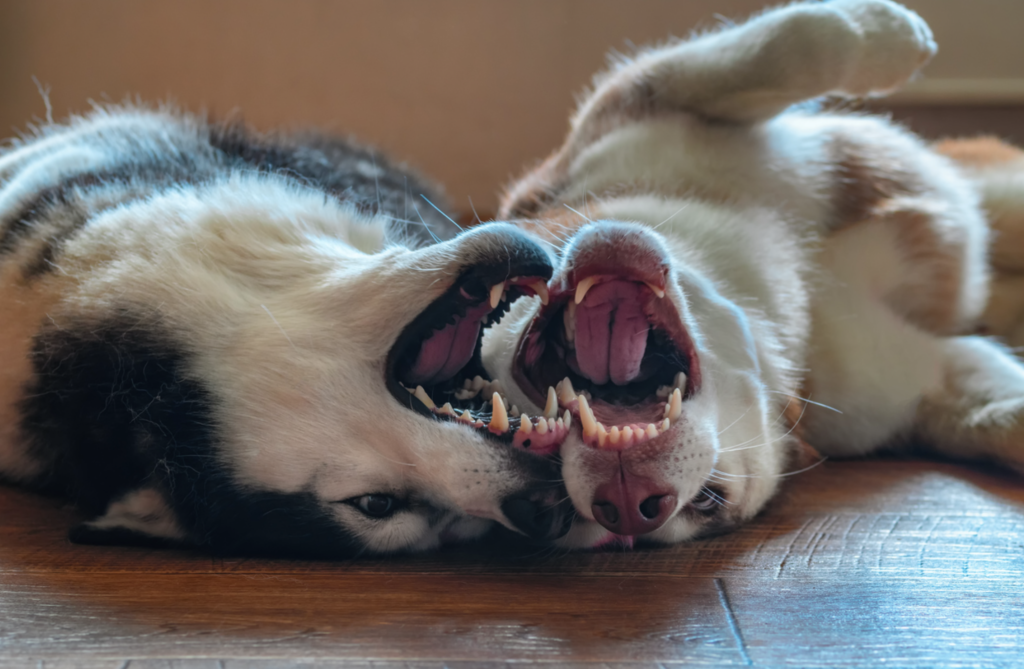
Not every dog is a natural socialite—and that’s okay. While these breeds have plenty of wonderful qualities, their instincts, history, and temperament can make life with other animals complicated. From strong prey drives to dominant personalities, these dogs often prefer a more controlled environment where they don’t have to negotiate territory or attention. It doesn’t mean they’re bad dogs, it just means they thrive under specific conditions and with owners who understand their needs.
If you’re thinking about adding one of these breeds to a multi-pet household, proceed with care, patience, and realistic expectations. Early socialization, clear boundaries, and close supervision are essential, but even then, some dogs just aren’t wired to share the spotlight. And for many of them, that one-on-one bond with their human is more than enough.
This story, 12 Dog Breeds That Don’t Always Play Nice With Other Animals was first published on dailyfetch.net.


